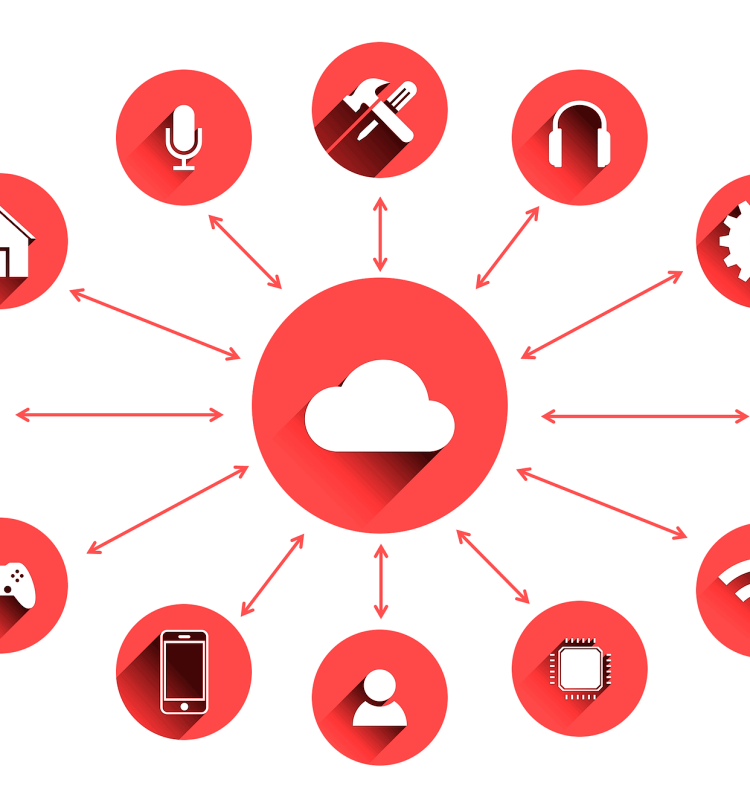One of the greatest features of current-day computer systems is the ability to interconnect and synchronize different platforms and technologies through the use of exposed APIs. This was the bases for the development of the hybrid cloud concept, a working model that draws the increasing attention of a myriad of organizations worldwide.
What is a hybrid cloud? Most common models and functions
What is a hybrid cloud, exactly? It is an architecture that handles the entire management of the workloads of two or more environments. This allows exclusively private infrastructures to connect with public cloud platforms. The most common models are:
- A private and a public cloud.
- Two or more public clouds.
- Two or more private clouds.
In addition, in order to be considered as a hybrid cloud, these platforms must have the following features:
- Connect several devices over one same network.
- Strengthen the resources managed by the Information Technology department.
- Be capable of horizontal scalability, and be able to quickly implement the resources added to the cloud.
- Have the ability to transfer and balance workloads on different working environments.
- Control all the resources from a single tool that unifies the entire management.
- Base their organizational model by following automation precepts.
Why should one adopt a hybrid cloud model?
The main benefits of using this type of infrastructure are to be able to balance the workloads across two or more environments, avoiding overloads; being able to have access from different devices to easily maintain and update the APIs, and the higher level of security that keeping gateways private implies.
How hybrid clouds work
Hybrid clouds work similarly to independent private and public clouds, with the following premises:
- Connect several devices through a single local area network (LAN), a wide area network (WAN), a virtual private network (VPN) and the use of APIs.
- Grouping available data using data lakes – a kind of repository that allows for the storage of datasets in their original format. This data is then extracted using virtualization, Linux containers or software-defined storage.
- The allocation of resources to different environments where the various applications run, through a security authentication services, all of it managed in a single place by the management system.
- Independent cloud connections must be a simple as possible, since this interconnectivity is the bases of the functioning of hybrid clouds.
While it is important to clarify that each one is unique and has its own nuances, which makes them quite dissimilar to each other, the way in which a hybrid cloud is designed can be broken down into two models: the traditional model and the modern model.
In traditional hybrid cloud architecture, the final result resulted from connecting a private cloud with a public one. Generally, the private cloud was designed by following any available model, and it was then connected to the public one via a complex network based on LAN, WAN, APIs and a VPN.
Conversely, modern architecture does not require the use of a wide API network to be able to transfer workloads between clouds.
Currently, the same operating system is run in all the environments, plus specific applications such as service groups, without a direct connection, all of it managed through a unified management system.
The WSO2 Cloud solution
WSO2 API Cloud offers a complete, easy to use hybrid cloud administration solution, which uses the best cloud and local API administration resource: WSO2 Cloud Microgateway.
This is a cloud-native immutable API gateway that is highly scalable and inalterable, designed for microservices architecture.
It offers security, authorization, routing, service discovery and many other features related to API management, while collecting information to limit the speed and perform different analyses on available data. Its main features are:
- Cloud native
- Developer-centered
- Decentralized
- Highly scalable
- Immutable
Since it can be run on any infrastructure, it can be implemented on multiple private and public clouds, which also frees it from any constraints that different providers may implement.
It is important to note that WSO2 Cloud Microgateway is completely Linux-friendly. Furthermore, its latest addition is the ability to add labels to group APIs, so that APIs can be selectively implemented by setting up with microgateway using the required label.






